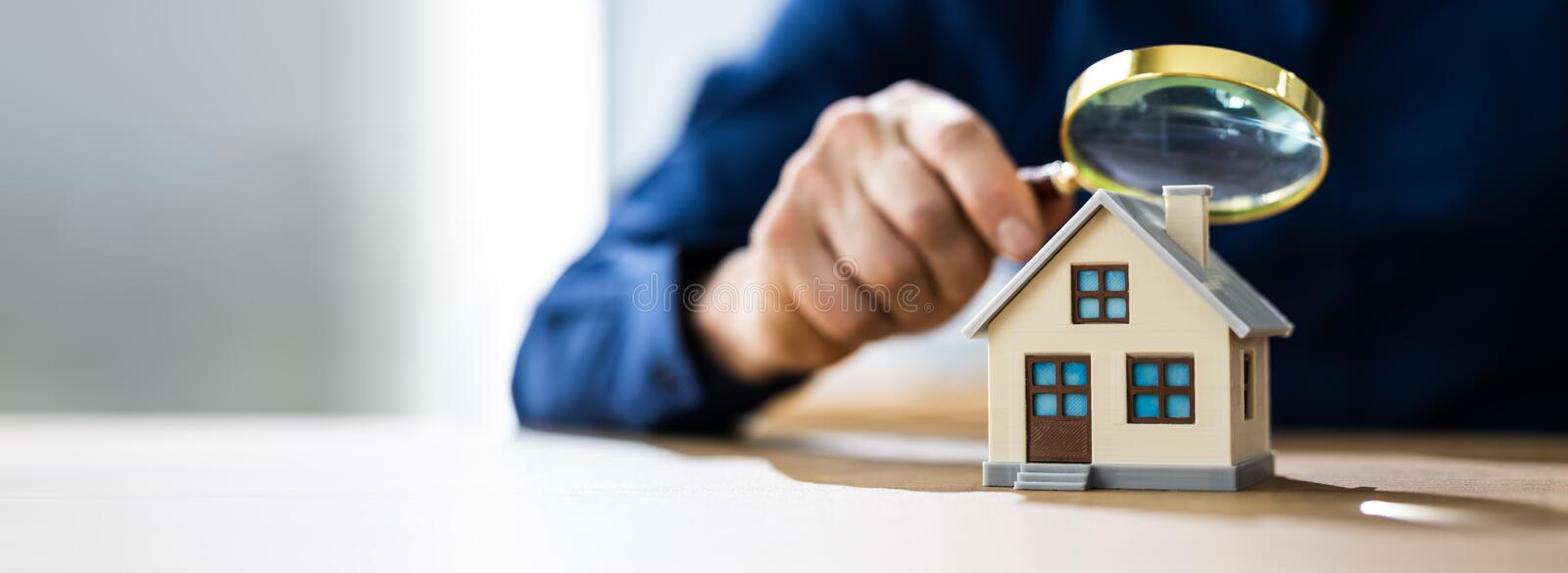
Buying a home is a major financial decision, and ensuring that the property is safe and in good condition is essential before signing on the dotted line. One of the most important steps in this process is the home inspection—a professional evaluation that can uncover hidden issues and offer peace of mind. But what exactly does a home inspector do? Understanding their role can help you feel more confident when purchasing a home.
The Role of a Home Inspector
A home inspector is a trained professional who performs a thorough visual assessment of a home’s overall condition. Their goal is to identify any existing or potential problems, safety hazards, or maintenance concerns. While they don’t provide repair estimates or make fixes themselves, they deliver a detailed report that gives buyers a clearer picture of the home's strengths and weaknesses.
What Is Included in a Home Inspection?
Home inspections typically cover the major systems and structural elements of the home. The inspection is not invasive—meaning the inspector won’t break open walls or lift up flooring—but it is detailed and systematic. Here's what is usually examined:
1. Roof
The inspector checks the condition of the shingles, flashing, gutters, and any signs of leaks or structural wear. They also assess the chimney and drainage systems to determine if water might be causing damage.
2. Foundation and Structure
The home’s foundation is examined for cracks, moisture penetration, or any signs of shifting. Uneven flooring, misaligned doors, or bulging walls may indicate structural issues.
3. Exterior Elements
Windows, doors, decks, driveways, and siding are inspected for damage, proper installation, and maintenance. Exterior drainage and grading are also considered, as poor drainage can lead to water problems.
4. Plumbing System
This includes checking pipes, water heaters, sinks, faucets, toilets, and drainage. Inspectors look for leaks, water pressure issues, and signs of corrosion or improper installation.
5. Electrical System
The electrical panel, outlets, light fixtures, and wiring are assessed for safety and functionality. Inspectors look for outdated or unsafe systems that may pose a fire risk.
6. HVAC (Heating, Ventilation, and Air Conditioning)
Inspectors check the condition and operation of furnaces, air conditioning units, ductwork, and thermostats. They may note the age of the system and whether it’s operating efficiently.
7. Attic and Insulation
Insulation levels, proper ventilation, and evidence of water leaks or pests are reviewed in the attic. Proper insulation is essential for energy efficiency and indoor comfort.
8. Interior Elements
Floors, walls, ceilings, stairways, windows, and doors are inspected for structural integrity, functionality, and signs of damage or moisture.
9. Basements and Crawlspaces
These areas are inspected for signs of water intrusion, mold, pests, and structural issues. They often reveal hidden problems not visible elsewhere in the home.
What a Home Inspection Does Not Cover
While home inspections are thorough, they are limited to visible and accessible areas. Inspectors do not open walls or test for things like asbestos, mold, or radon—unless you request specialized tests. Similarly, swimming pools, septic systems, and detached structures may require separate inspections.
The Home Inspection Report
After the inspection, the home inspector provides a comprehensive written report. This document outlines their findings in detail and includes photos, notes, and recommendations. It helps buyers understand the condition of the home and identify any red flags.
The report may indicate:
• Which issues need immediate attention
• Which systems may need future maintenance
• Which features are in good condition
Buyers can use this report to negotiate repairs, request price adjustments, or decide whether they want to proceed with the purchase.
Why a Home Inspection Is Important
Getting a home inspection offers several important benefits:
• Avoid Unexpected Costs: Discovering hidden problems after purchase can lead to costly repairs. A home inspection helps you avoid surprises.
• Negotiation Power: Inspection findings can provide leverage for negotiating repairs or pricing with the seller.
• Peace of Mind: Knowing the true condition of the home helps you make a confident and informed decision.
• Future Planning: Even if no major issues are found, the report can help you plan for future maintenance.
How to Choose a Good Home Inspector
Choosing the right home inspector is just as important as having the inspection itself. Look for someone who is certified, experienced, and reputable. Reading reviews, asking for referrals, and ensuring the inspector provides a detailed report are smart ways to find someone trustworthy.
Final Thoughts
A home inspection is a critical step in buying a home. It helps uncover issues that could impact your decision or lead to costly repairs later. By thoroughly evaluating the property’s condition, a home inspector provides you with the knowledge to make an informed choice.
As a dedicated real estate professional, I always encourage my clients to schedule a home inspection. It’s a small investment that can make a huge difference in protecting one of your biggest life investments—your home.
Posted by Jag Sidhu PREC* on


Leave A Comment